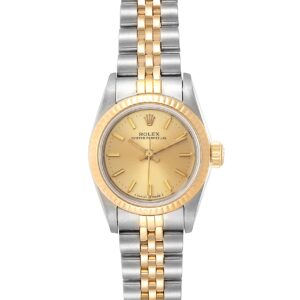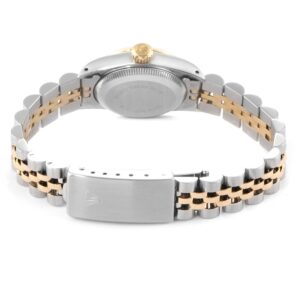Aside from the date function, perhaps the most common complication in today’s luxury copy watches is the slightly anachronistic and misnamed chronograph. One working definition of a timepiece is its ability to time events of short duration while keeping track of the time of day. 

The word “chronograph” literally means time writer. The name was appropriate for the time when clocks actually used a pen to a moving piece of paper to record elapsed time. Of course, there is nothing on a typical chronograph today to actually note the time that has passed. Instead, the operator sees a temporary display of the time on a subdial. Thus, a more accurate name for a chronograph would be “chronograph. Some brands have acknowledged this, Omega and Chrono-Swiss being among them.
Basically, the chronograph part of the replica watch movement must access the power and timing parts of the conventional watch mechanism. It may therefore be a separate module riding on a conventional movement, or it may be incorporated into the movement itself.
As you might guess, we’re quickly getting into enough changes that this article could well become a book. Therefore, we will narrow our view to integrated chronograph movements.
The way the mechanism engages with the rest of the movement is through a column wheel or a system of cams and levers. The column wheel looks a bit like the turret of a castle – a flat gear with a number of columns rising from one side that engage the mechanism to control its function. The cam and lever mechanism, on the other hand, controls the timing mechanism through the orientation of the cardioid cam.
As we noted above, the start/stop button engages and disengages the chronograph mechanism. Then, when the mechanism is disengaged, and the operator wants to zero the chronograph, he presses the reset button. In the column-wheel mechanism, the column wheel activates a finger that zeroes the chronograph hand. Similarly, in the cam/lever mechanism, the cam is forced to a “home” position that zeroes all chronograph hands.
In a traditional chronograph, the operator presses the reset button when the mechanism is disengaged. However, with a unique type of chronograph, the operator can activate the reset button and reset the chronograph while it is still running. This is called a flyback chronograph, and it is useful for the continuous timing of consecutive events.
A popular example of a flyback chronograph is the replica Rolex Yacht Prestige II, although it should be noted that while most chronographs count upwards, the Yacht Prestige II is a countdown timer that has a flyback chronograph that counts backwards. With the flyback function, the wearer can skip the start/stop/reset process required by most chronographs and instead simply use the bottom pusher to reset the chronograph hand without stopping the hand at all, which allows the user to immediately start timing a new event l
Furthermore, in addition to the flyback chronograph function, the fake Rolex Yacht-Master II also features a flyback mechanism. Instead of resetting the chronograph to the previous minute, the Yacht-Master II automatically resets the chronograph to the most recent minute, whether forward or backward, from the currently measured elapsed time.
